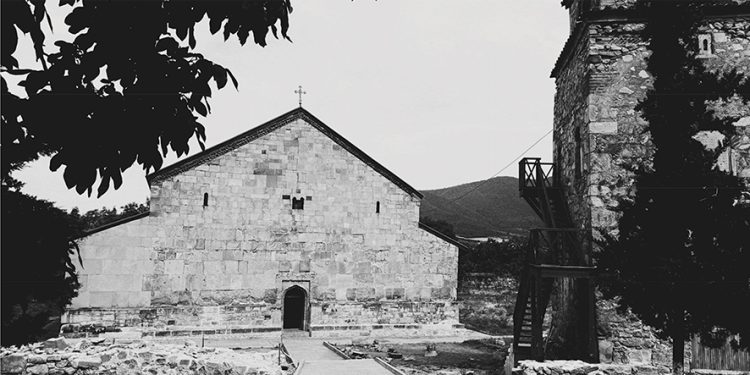Bolnisi Sioni, the oldest standing church in Georgia, holds a paramount place in the annals of world art history. Constructed in the late 5th century, this architectural gem is not just a symbol of early Christian art in Georgia, but also a crucial link in the broader narrative of Byzantine and medieval art. Its architectural innovations, intricate sculptural details, and the unique synthesis of cultural influences make Bolnisi Sioni an indispensable study for art historians and cultural scholars alike.
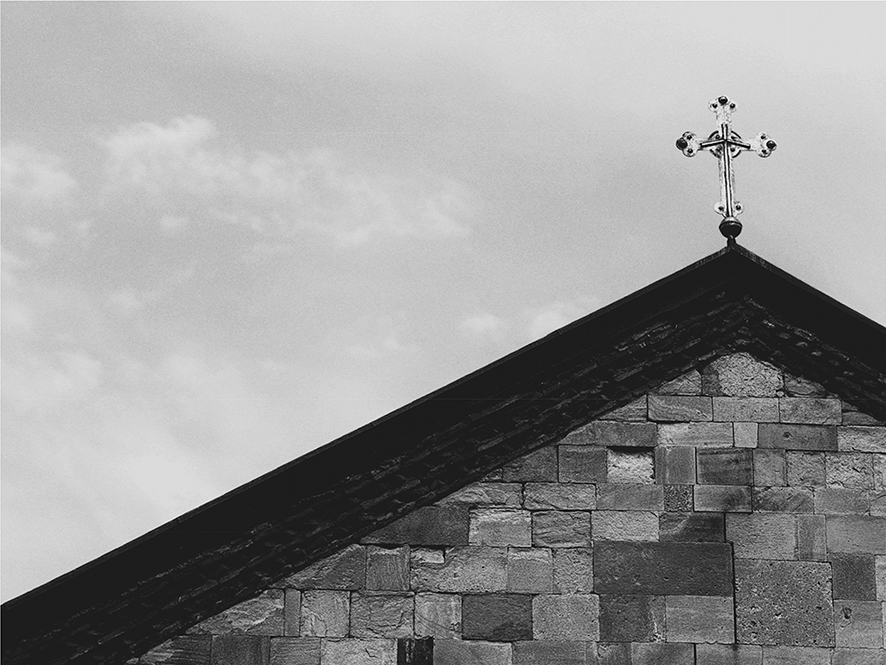
Architectural Innovation and Influence
Bolnisi Sioni, situated in the Kvemo Kartli region of eastern Georgia, stands as a monumental testament to the rich architectural and artistic heritage of the early Christian period in Georgia. Constructed between 478 and 493 AD, this basilica is the oldest extant church in the country, renowned for its historical and aesthetic significance.
The architectural layout of Bolnisi Sioni, a three-nave basilica, reflects the influence of the broader cultural and religious exchanges between Georgia and its neighboring regions. The basilica’s design bears strong imprints of Sassanian architecture, evident in the use of foliate and geometric patterns that were prevalent in the Persianate world during this period.
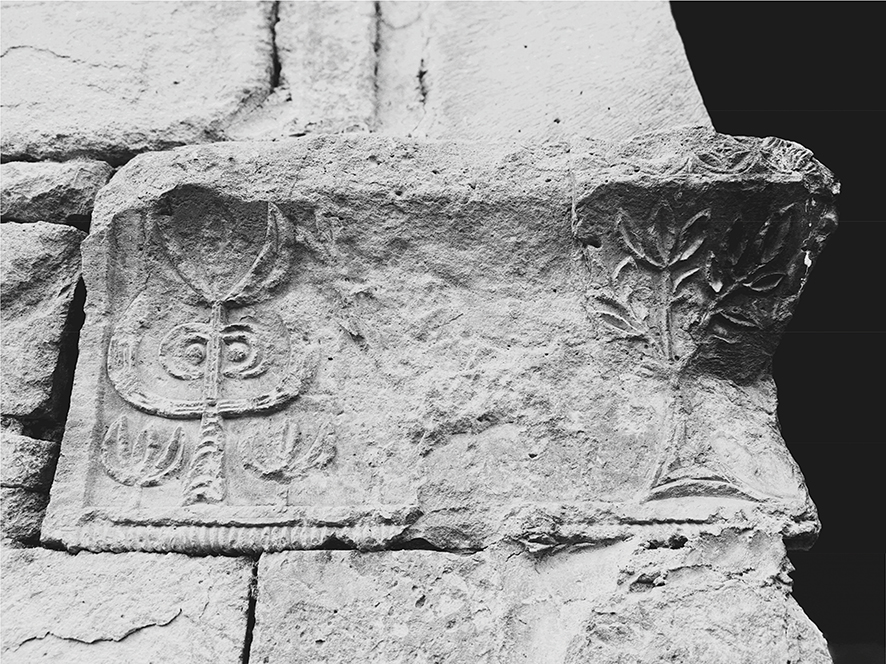
Sculptural Mastery and Symbolism
The capitals and reliefs of Bolnisi Sioni are a testament to the high level of craftsmanship and the deep symbolic thinking of the artists. The intricate carvings include geometric and vegetal motifs, such as interlocking circles, vine scrolls, and acanthus leaves, which symbolize infinity, unity, and divine creation. These motifs are not merely decorative, but serve as theological symbols, enhancing the spiritual ambiance of the church.
The bull head reliefs on the capitals are particularly noteworthy. They exhibit a stylistic similarity to Sassanian art, with parallels found in sculptural works from Hajiabad in Fars, Iran. This indicates a significant cultural exchange and influence from the Persian artistic idiom, which melded with local Georgian traditions to create a unique ecclesiastical art form. Moreover, the incorporation of pre-Christian symbols like bull heads and various birds into the Christian context reflects a unique cultural synthesis. These elements indicate the assimilation of older religious motifs into the new Christian iconography, providing invaluable insights into the transitional period of religious art in Georgia.
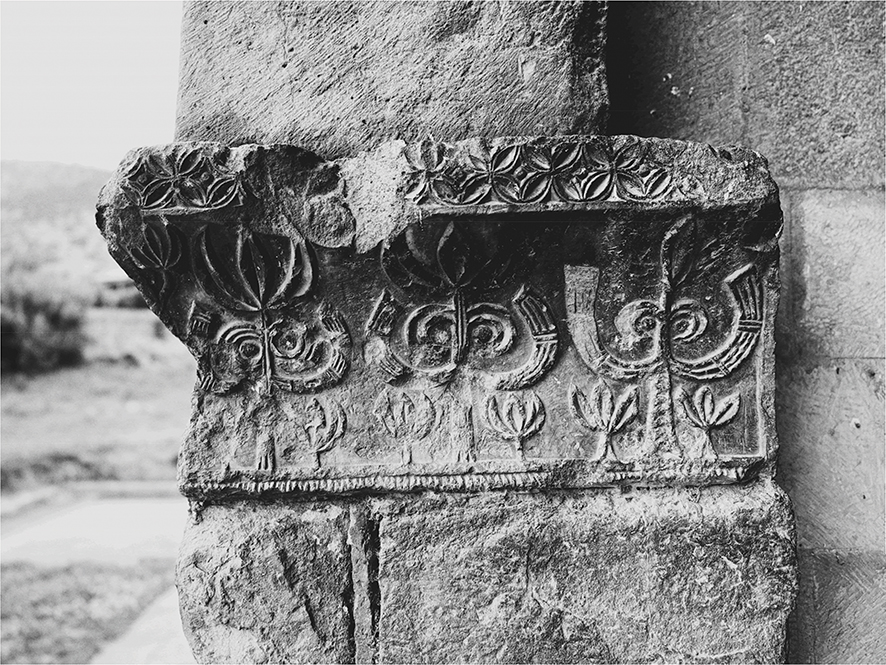
Inscriptions and Linguistic Heritage
One of the most significant features of Bolnisi Sioni is its inscriptions, which are among the oldest examples of the Georgian alphabet. These inscriptions not only date the construction of the church, but also provide valuable insights into the historical context of its creation. The inscriptions mention the construction timeline during the reign of Shah Peroz and highlight the involvement of Bishop David, underscoring the Persian influence in the region at the time.
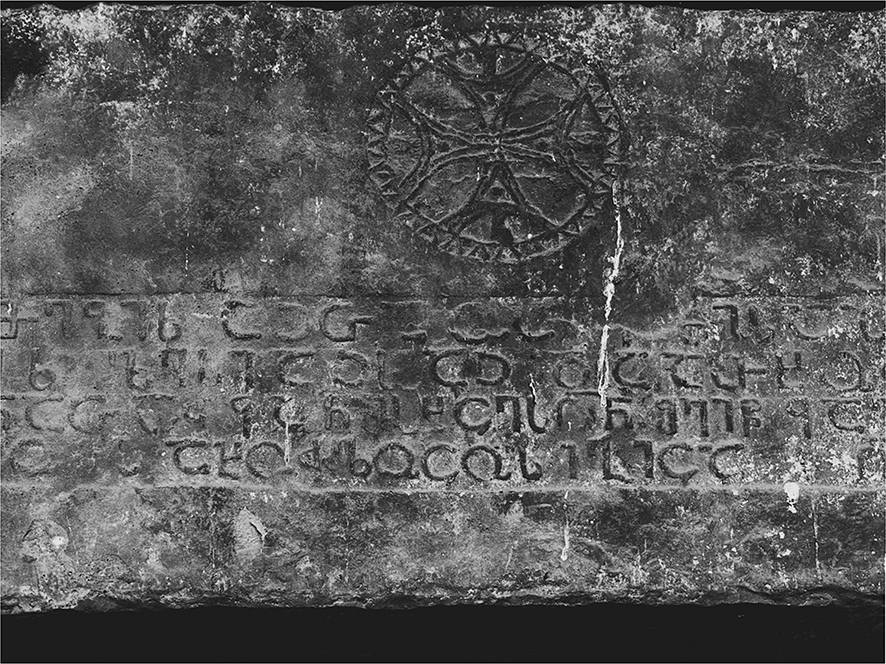
Aesthetic Legacy and Global Influence
Bolnisi Sioni’s aesthetic appeal lies in its synthesis of diverse artistic traditions. The facade and interior of the basilica are adorned with crosses of various shapes, including the distinctive “Bolnisi Cross” with extended endings within a circular frame. This symbol, unique to Bolnisi, exemplifies the local adaptation of universal Christian symbols and underscores the church’s role in shaping the region’s artistic vocabulary, which became a recurring motif in Georgian art.
The church’s decorative scheme is not limited to its capitals; the entire structure is imbued with a sense of harmony and proportion, characteristic of early Christian basilicas. The use of green tuff stone for the construction adds to its aesthetic charm, creating a visual continuity that is both pleasing and spiritually uplifting.
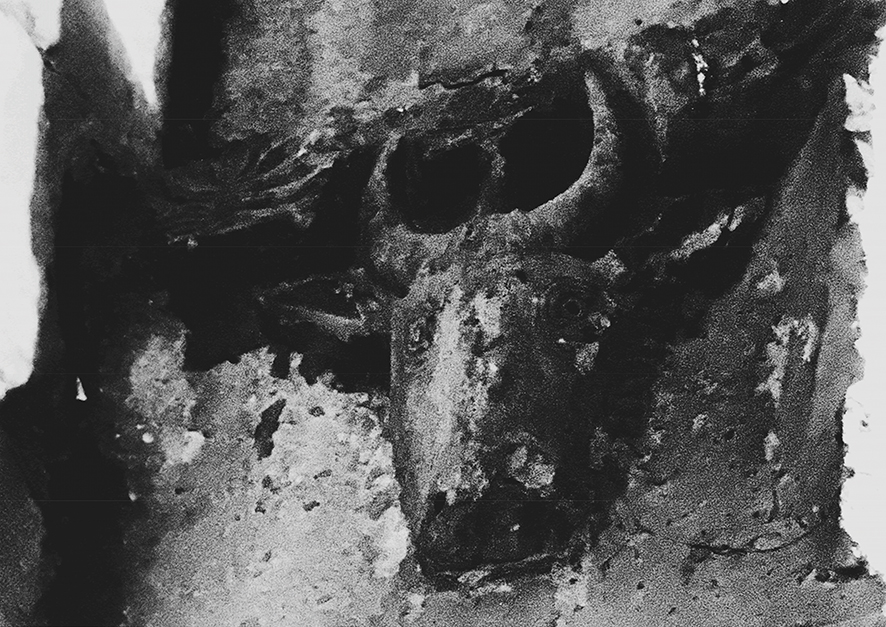
Bolnisi Sioni’s aesthetic influence extends beyond its immediate geographic region. The church’s architectural and decorative elements have inspired subsequent generations of Georgian artists and architects. The geometric and vegetal patterns, as well as the symbolic use of crosses, have been emulated in various forms of Georgian art, from manuscript illuminations to modern public art and architecture.
In the context of global art history, Bolnisi Sioni stands as a pivotal example of how local traditions can intersect with broader artistic movements. Its design and decoration reflect a blend of Sassanian, Byzantine, and local Georgian influences, illustrating the dynamic exchange of artistic ideas across regions and cultures during the early medieval period.
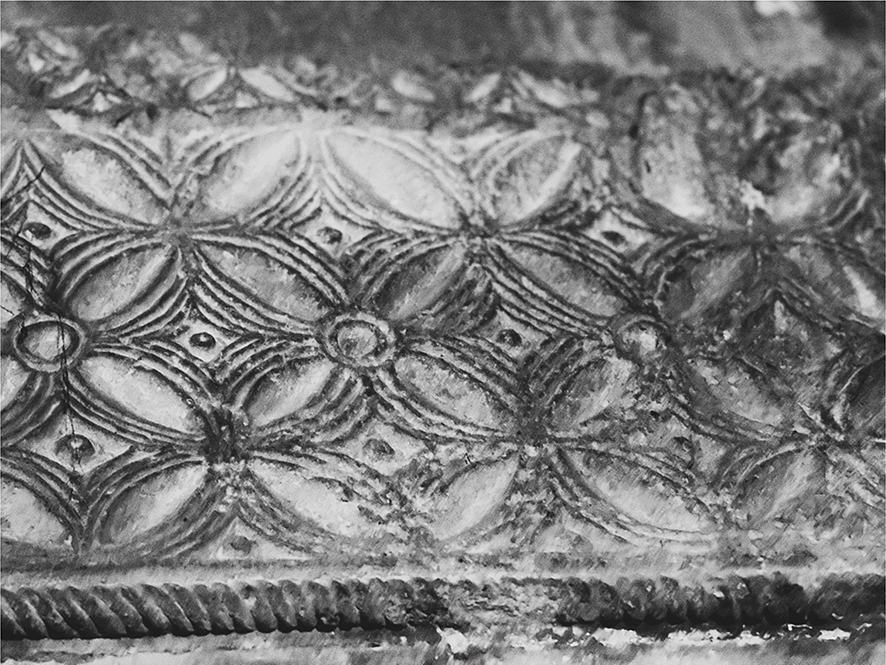
Restoration and Preservation
Over the centuries, Bolnisi Sioni has undergone several phases of restoration, particularly following damage during invasions. Notable restorations in the 17th century by King Rostom and Queen Mariam, and later by King Giorgi XI, have helped preserve this architectural marvel. The last major conservation efforts were undertaken in the 1970s, ensuring that Bolnisi Sioni continues to stand as a beacon of Georgia’s rich cultural and religious heritage.
Bolnisi Sioni is not just a church; it is a cultural and artistic treasure that encapsulates the early Christian era’s architectural and artistic ingenuity in Georgia. Its blend of Sassanian, Persian, and local Georgian elements creates a unique aesthetic that is both historically significant and visually captivating. As the oldest surviving church in Georgia, Bolnisi Sioni offers invaluable insights into the early development of Georgian ecclesiastical architecture, and stands as a testament to the enduring legacy of cultural synthesis and artistic excellence in the region.
By Ivan Nechaev

